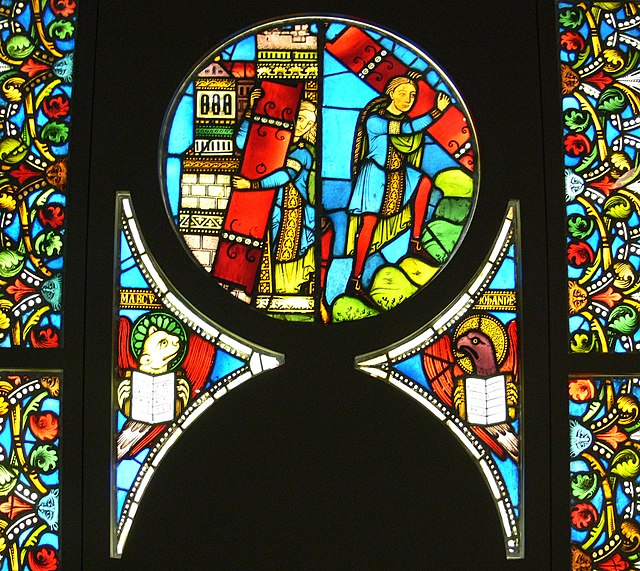Mamre, full Hebrew name Elonei Mamre, 'Oaks of Mamre', refers to an ancient religious site originally focused on a single holy tree, growing "since time immemorial" at Hebron in Canaan. At its first location, Khirbet Nimra, a pagan tree cult predated the biblical narrative. It is best known from the biblical story of Abraham and the three visitors. The tree under which he had pitched his tent is known as the oak or terebinth of Mamre. Modern scholars have identified three sites near Hebron which, in different historical periods, have been successively known as Mamre: Khirbet Nimra, Ramat el-Khalil, and Khirbet es-Sibte. The last one contained an old oak tree identified by a relatively new tradition as the Oak of Mamre, which has collapsed in 2019, and is on the grounds of a Russian Orthodox monastery.
Archaeological remains at Ramat el-Khalil
Hebron is a Palestinian city in the southern West Bank, 30 kilometres (19 mi) south of Jerusalem. Nestled in the Judaean Mountains, it lies 930 metres (3,050 ft) above sea level. The second-largest city in the West Bank, and the third-largest in the Palestinian territories, it had a population of 201,063 Palestinians in 2017, and seven hundred Jewish settlers concentrated on the outskirts of its Old City. It includes the Cave of the Patriarchs, which Jewish, Christian, and Islamic traditions all designate as the burial site of three key patriarchal/matriarchal couples. The city is often considered one of the four holy cities in Judaism as well as in Islam.
Downtown Hebron
Excavations at Tel Rumeida
Samson removes gates of Gaza (left) and brings them to Mount Hebron (right). Strassburg (1160–1170), Württemberg State Museum in Stuttgart
Cave of the Patriarchs





